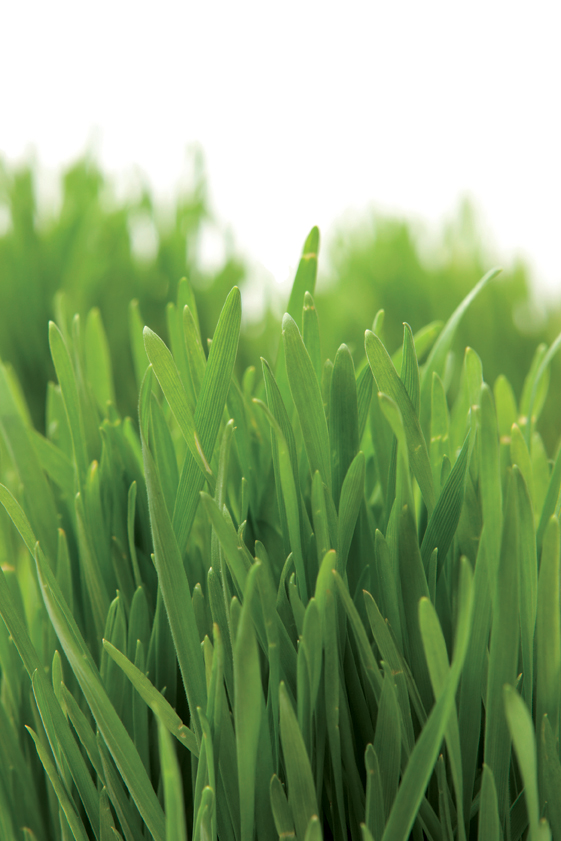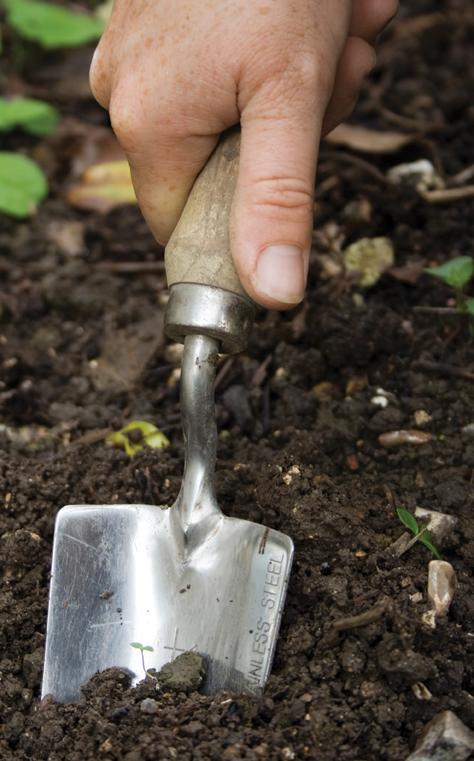How to Save Money, Have a Lush Green Lawn and Be Environmentally Responsible

 You might think these ends are mutually exclusive but there is a very simple and cost-effective way to achieve all three. The answer is to have a soil analysis done. Soil analysis (testing) provides the basic information every homeowner needs to make proper pH, additions of lime or sulfur, and fertilization decisions. Armed with the results of a soil test you’ll be able to make decisions resulting in application of the best materials for the job at hand, applied at the optimal time and in the proper quantity.
You might think these ends are mutually exclusive but there is a very simple and cost-effective way to achieve all three. The answer is to have a soil analysis done. Soil analysis (testing) provides the basic information every homeowner needs to make proper pH, additions of lime or sulfur, and fertilization decisions. Armed with the results of a soil test you’ll be able to make decisions resulting in application of the best materials for the job at hand, applied at the optimal time and in the proper quantity.
The pH of your soil, a measure of the acidity or alkalinity, will influence the availability of the nutrients that your lawn needs. Each of these nutrients has a bearing on the health of your lawn and must be maintained in the proper quantity, one relative to the other. The only way to know what’s in your soil is to collect a sample and have it analyzed in a professional lab. If you guess, you will either apply too little and get marginal results or see much of your investment run down the storm drain and eventually into the local streams and rivers.
So what is the best pH level for your lawn? The answer is a slightly acidic soil with a pH between 6.2 and 6.8. This is the range where the majority of the nutrients are most readily available for use or absorption by the grass. Have a pH outside of that range and the nutrients cannot be optimally absorbed by the roots and used by the grass.
How to Achieve a Change in pH
The simple answer is to add lime when the pH is too low. But be aware lime takes time to be absorbed and to make a change in soil pH. There are three types of lime you can consider putting on your lawn: Dolomitic, Calcitic and Enhanced Calcitic. All will change your soil’s pH but at varying rates with the Dolomitic taking the longest and Enhanced Calcitic (Solu-Cal) taking the shortest time to cause a pH change. The results of a soil analysis will tell you what pH you have now and what nutrients should be applied to move the pH into the optimal range. A word to the wise; be sure to use pelletized lime in residential situations.
How Much to Apply and When
There are optimal times to apply lime and fertilizers as well as optimal quantities. Again the soil test results provide information on what to add to the soil and when to apply it—not all at once but spread over several applications. In most instances the application rates in the soil test results are expressed in pounds of lime or fertilizer per 1,000 square feet of area. As you consider the recommended amounts, recall that an acre is 43,560 square feet. Most residential lots in the Roanoke Valley range between ¼ of an acre (10,890 sq. ft.) and one (1) acre in size. The optimal times to apply a lime product are spring, fall and winter, when rain or snow can move the lime into the soil.
 How to Collect Soil for Your Analysis
How to Collect Soil for Your Analysis
The key is to collect soil from several places around the yard. Dig down four to five inches with a small shovel and put the soil in a bucket. Do this in 8–10 different places in the yard and mix the soil samples. Then put the representative soil in a plastic bag and take it to P & W Architectural Stone and Landscape Supply. Normally the test will cost $12.00 and the shipping up to $4.00. The soil is analyzed at a lab in Richmond and normally takes up to a week to get the results. The lab in Richmond sends the results via email to your landscaper or supplier and it can be forwarded electronically or mailed hardcopy.
The best advice is to stop guessing about how much lime and fertilizer to apply to your yard. Soil analysis is the correct agronomic and economic process to follow. With the results of your analysis you’ll improve the health of your lawn and invest your hard-earned money applying the correct nutrients in the proper quantity. So you can save money, have a green, healthy lawn, and at the same time be environmentally responsible…simply have your soil analyzed.






